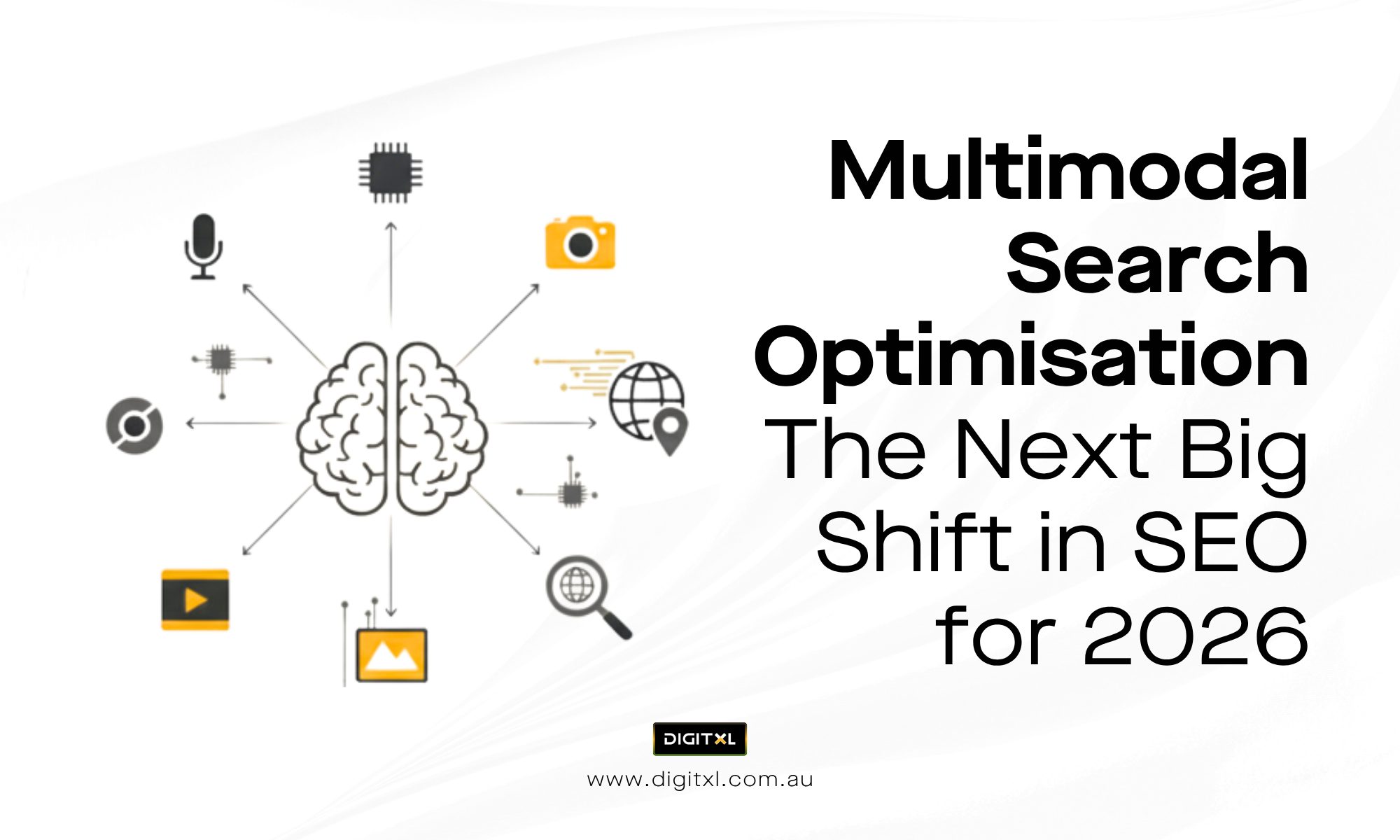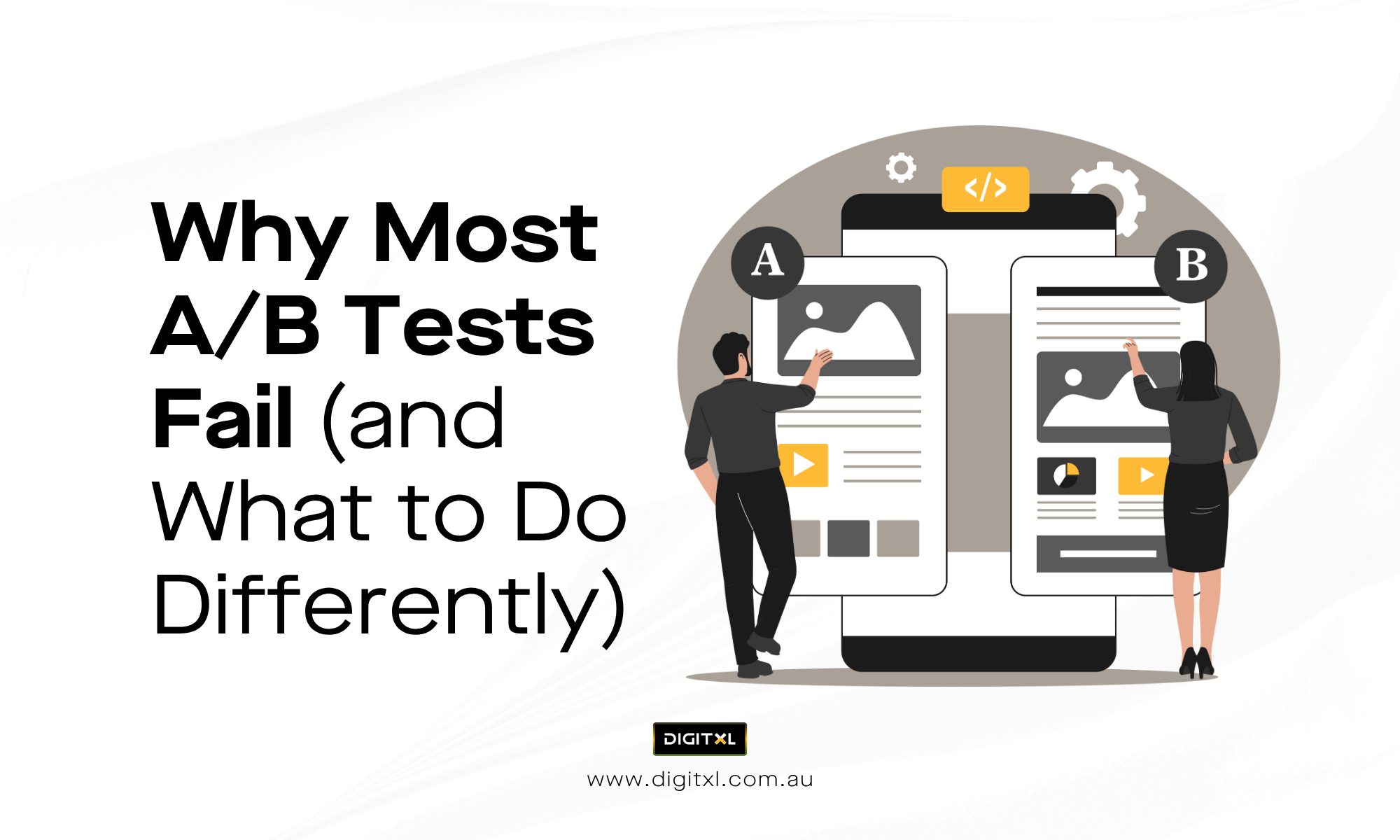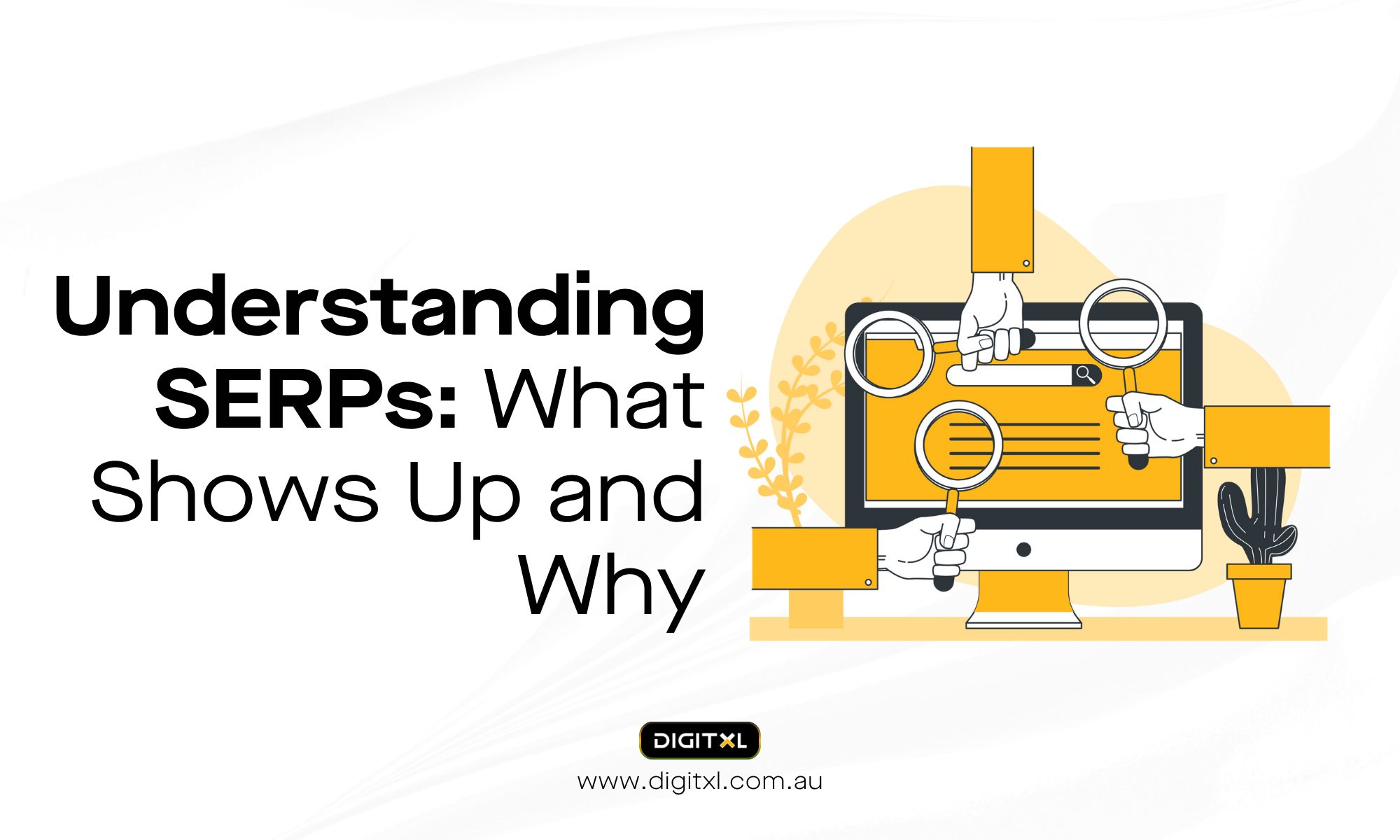- SEO
Multimodal Search Optimisation: The Next Big Shift in SEO for 2026
10 Nov 2025
Searching is no longer just about typing keywords into a search bar. Users can now speak, snap, film or even “show” in order to discover products, services or information.
2026 is shaping up as the era of multimodal search, where people combine voice, images and video with text-based queries – and search engines or AI systems respond accordingly. In simple terms, search engines and AI systems are learning to see, hear and understand content in ways that might feel almost human-like.
For brands working with an SEO agency, this shift changes how visibility is won. It brings huge opportunity, but also a new set of challenges, such as:
-
How do you optimise for formats that go beyond words like inputs you can’t always predict but that people are using more and more?
-
How does your SEO agency make sure your brand shows up across voice, image, video and traditional text search?
As an AI-driven SEO agency in Australia, DIGITXL helps brands understand what multimodal search really means. We’ll unpack why it’s important, and how to future-proof your SEO strategy so you stay visible in 2026 and beyond.
1. What Is Multimodal Search?
Multimodal search helps the users to find information through multiple inputs.
Rather than relying on text alone, the users are now combining voice, images, and even videos to get answers.
You can now take a photo of a product and directly ask “Where can I buy this near me?”, or even record a short video of your backyard and ask “What plants would grow well here?”
This is kind of the kind of search experience users are starting to expect and search engines such as Google, Bing, Pinterest are already embracing it.
- Google’s latest AI-driven “Search Generative Experience” blends visuals, voice and text into a single search flow.
- Pinterest Lens and Google Lens let users shop directly through images.
- Voice assistants like Alexa, Siri and Google Assistant are improving context recognition, turning conversational search into everyday behaviour.
In short, search engines are no longer just about reading, they are now watching, listening and interpreting.
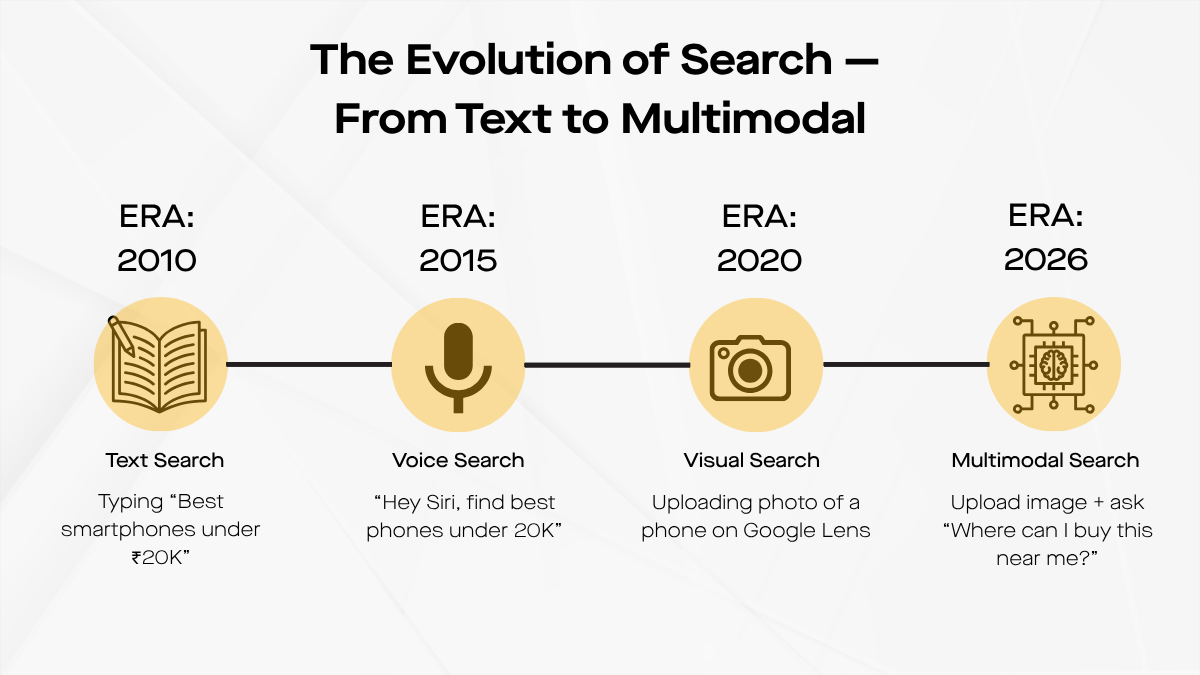
2. Why It Matters More Than Ever In 2026?
- User Behaviour Is Changing
Typing a query is now just one of the many ways people search for something. Now we also have image uploads, voice commands, and video snippets especially on mobile.
Users need faster, more intuitive answers, and multimodal search delivers exactly that.
- Search Results Are Evolving
With AI summaries, image carousels, and answers showing up right on Google without needing to click, just ranking isn’t enough anymore. Your content needs to show up in all these different formats.
- Competitive Advantage
Brands that will adapt to this early will definitely dominate new search surfaces, from Google Lens to voice devices to TikTok search. And those who are sticking to text-only SEO will fall behind fast.
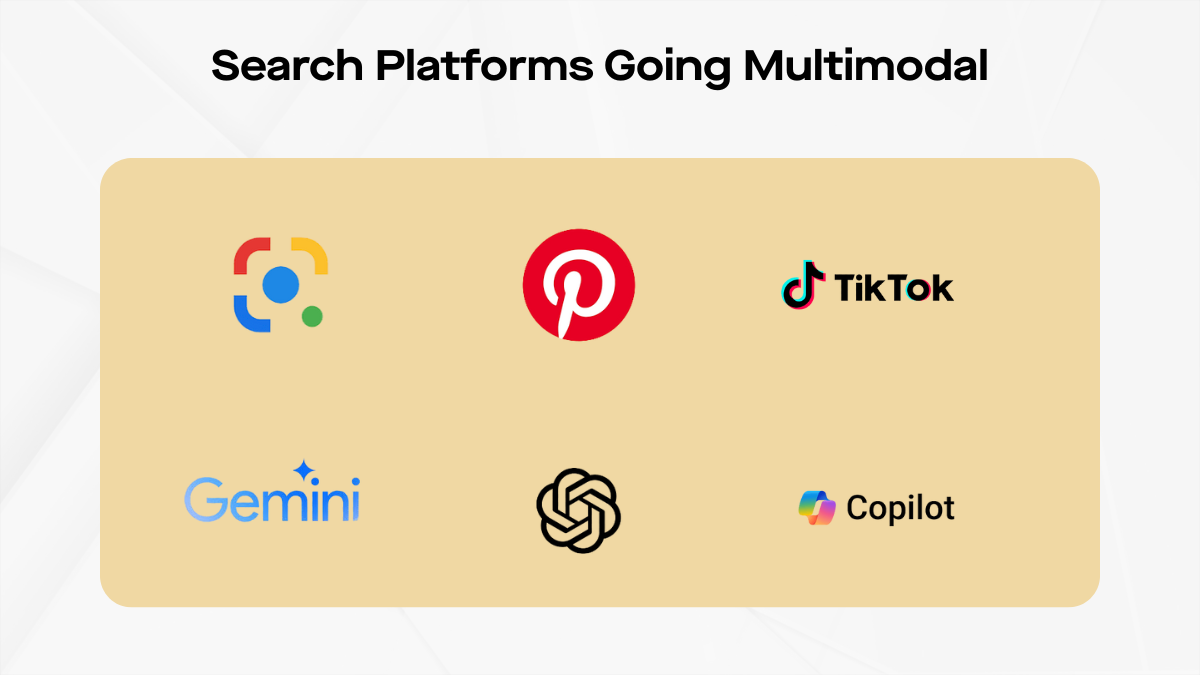
3. What’s Changing in SEO with the Rise of Multimodal Search?
- Beyond the “Blue Links”
The goal is now shifting from getting a top organic ranking to having content cited within AI-generated overviews, knowledge panels, and better results, as users are getting answers directly on the Search Engine Results Page (SERP).
- Emphasis On Users Intent
AI also helps search engines to better understand the true intent behind the queries of the user, whether it is typed, visual, or spoken. SEO isn’t just about keywords anymore. It’s about optimising for how people actually talk and ask questions.
- Importance of E-E-A-T
Google’s E-E-A-T framework (Experience, Expertise, Authoritativeness, Trustworthiness) matters more now than ever. Real content from actual experts with case studies and proof will beat generic AI stuff every time.
- New Success Metrics
Old metrics like clicks and traffic aren’t telling the full story anymore. What matters now is how engaged people are, if they’re converting, if your brand is being mentioned, and whether you’re showing up in AI summaries.
4. The Future of SEO Is Human + AI
Start creating content that actually speaks to real people rather than tricking Google while using AI to help you do it smarter
Multimodal search is where we’re headed, where the way people naturally search meets what machines can actually understand. Brands that figure this out now will be the ones people find in 2026 and beyond.
5. Want to get ahead of this?
At DIGITXL, we’re a multimodal SEO agency focused on AI-driven search and content optimisation. We help brands stay visible even as search keeps changing.
Whether it’s:
- Voice search optimisation
- Visual search and product discovery
- Structuring content so AI systems can actually understand and surface it
…our team acts as your specialist SEO agency partner, helping you show up where people are actually looking.
If you’re an Australian business looking for a SEO agency in Australia that understands the next wave of search, multimodal is where we start.
6. Frequently Asked Questions (FAQs):
1. What is multimodal search?
Multimodal search lets users search using more than just text such as images, voice or video to find answers faster and more intuitively. A modern SEO agency plans around all of these inputs.
2. Why is multimodal search important in 2026?
People now expect quick, natural answers. Brands that adapt early often with the support of a specialist SEO agency gain a competitive edge across search engines, voice assistants and visual search platforms.
3. How is SEO changing with multimodal search?
SEO now focuses on user intent, appearing in AI summaries, and optimising for voice, image and video searches, not just keywords. A good SEO agency partner will update your strategy to reflect this.
4. What role does E-E-A-T play in multimodal SEO?
Experience, Expertise, Authoritativeness and Trustworthiness are crucial. Real, expert-backed content outperforms generic AI-generated material, especially as AI systems decide which sources to surface. This is a core focus for any quality SEO agency.
5. How can DIGITXL help with multimodal search?
DIGITXL is a multimodal SEO agency in Australia that helps brands optimise for voice, visual and AI-driven search, ensuring your content is visible where users are actually looking – today and in the years ahead.

